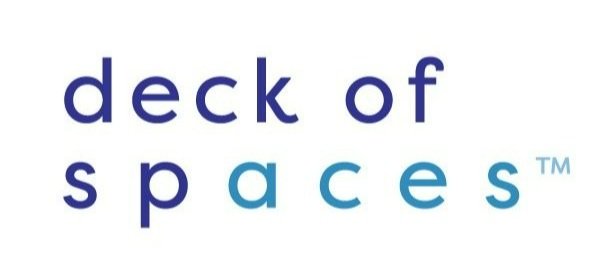Frequently Asked Questions (FAQ)
What is Universal Design for Learning (UDL)?
Universal Design for Learning (UDL) is a way of thinking about teaching and learning that gives all students equal opportunity to learn. At its core, UDL means that a teacher designs learning experiences in flexible ways to meet the needs of individual learners. When taking a UDL approach, teachers prepare the learning environment with flexible means, methods, and materials that will allow them to better meet the needs of every student. That flexibility can come in many different ways: You can use a variety of methods for students to access material, engage with it, and show what they know. In doing so, UDL helps you meet the needs of a wide range of learners.
Is UDL just for special ed or for students with learning & attention challenges?
As the prevalence for personalized learning has become mainstream, UDL has been recognized as an excellent instructional framework to better support the learning variabilities across all learners. Science has revealed that there is no such thing as the “average student.” Average is a mathematical construct, and a myth in reality (Todd Rose TED Talk: The Myth of Average). Hence, instructional approaches that don’t recognize variabilities among students – those that attempt to teach to the average – leave many students excluded. UDL originated as a means to support instruction in special education, to support students with learning and attention challenges, and to support English language learners. But today, UDL is widely recognized as a framework that is beneficial to all learners.
Why should my district or school consider adopting UDL?
Many districts and schools today are struggling to meet standardized testing goals across all their learners. There is also a heavy focus today to address issues of equity schools attempt to provide equal opportunities for learning access to every student, regardless of their ethnicity, socio-economic level, or cognitive capabilities. Districts that are successfully addressing issues of equity are seeing strong improvements in the school-wide standardized testing scores, with the biggest areas of improvements seen among their minoritized student populations. The UDL framework is an effective way for educators to support every student based on their learning strengths and weaknesses. It promotes multiple means of representation, action and expression, and engagement, in order to align with the learning profile of each student.
Is UDL something that we’d need to add to our other initiatives?
It is a commonly misunderstood belief that UDL is just one more thing to add on top of other initiatives being adopted by schools and districts. UDL should not be looked at as a learning initiative. UDL is a framework.
How can my school or district go about a consistent and methodical process to adopt UDL?
UDL-IRN recently launched a platform to support schools, districts, and any professional that is involved in learning, in their understanding and implementation of UDL. It is located at learningdesigned.org. This platform has a variety of features including a directory of organizations and individuals, links to the UDL credentialing program, and a membership information. For more information, contact: info@learningdesigned.org.
Is UDL valuable for addressing issues of equity in our district?
UDL is all about equity – it addresses the fact that every learner has their own learning profile and learns uniquely. For many students that are learning in a non-native language or do not have learning supports outside of school, issues of inequity are magnified. UDL helps teachers reach each individual student in a way that helps them personally connect to the learning content. It teaches educators to offer multiple pathways to demonstrate competency, and multiple means of representation to be exposed to the content. For more information on the relationship of UDL to learning equity, visit gettingsmart.com.
Does UDL support initiatives related to social/emotional learning?
Universal Design for Learning, especially the Engagement Principle, has a strong connection to Social Emotional Learning (SEL). Within the Engagement Principle of Universal Design for Learning lies checkpoints such as “Minimize threats and Distractions (Safe Environment)”, “Foster Collaboration and Community”, and “Facilitate Personal Coping Skills and Strategies”. These methods are supportive for all students including trauma sensitive students.
Where can I learn more about UDL?
There are many fabulous resources to support educators adopting UDL. Following are a few recommendations:
Is the design of my classroom and school really that important to support UDL practices?
The relationship between form and function has been well studied across science, and in the design of modern learning environments, this connection is becoming increasingly critical. If the focus is to innovate the learning experience in the classroom, then there is a need to consider the learning space itself. Alternatively, when you change the learning space, there is also a need to consider the implication for a pedagogical practice. Overall, thoughtful design of learning relies on the dynamic relationship of the learning environment as a whole and its impact on desired outcomes.







